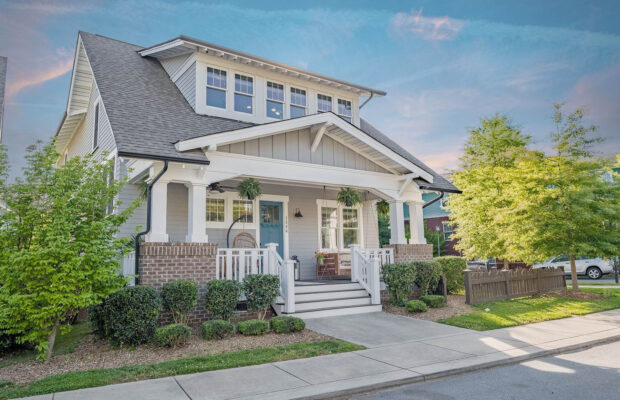The synergy between Quick Service Restaurants (QSR) and real estate is a testament to the evolving landscape of dining and property investment. This article delves into the dynamics of QSR real estate and fast food, highlighting the pivotal role of strategic location choices, sustainability efforts, and the burgeoning fast casual sector’s influence on QSRs.
The Appeal of QSR NNN Real Estate Investments
Net Lease investments, particularly in the QSR sector, offer attractive prospects due to their stable returns and lower operational responsibilities for landlords. Triple Net Lease (NNN) agreements, where tenants bear most property expenses, are especially favored for their predictability and long-term security. The resilience and high sales volume of top QSR brands further enhance the allure of these investments, making them a reliable income source even during economic downturns.
Sustainability and Eco-Friendly Practices in QSR Locations
Modern QSRs are increasingly embedding sustainability and eco-friendly initiatives into their operations. These range from utilizing renewable energy sources to adopting eco-friendly packaging, reflecting a growing consumer preference for environmentally conscious dining options. Such practices not only contribute to the planet’s health but also offer operational efficiencies and positive public perception, potentially increasing a property’s market value (Brisky Net Lease).
The Evolution of Fast Casual and Its Influence on QSRs
The fast casual restaurant segment, known for bridging the gap between fast food and casual dining with its focus on quality and ambiance, is rapidly expanding. This growth prompts QSRs to elevate their offerings and dining experiences to remain competitive. The incorporation of healthier menu options, digital ordering systems, and enhanced customer service are just a few adaptations QSRs are making in response to the fast casual wave.
Adapting Real Estate Strategies in the Post-Pandemic World
The COVID-19 pandemic has accelerated changes in QSR and fast casual real estate strategies, with a significant shift towards smaller, more efficient spaces. This lean approach caters to the surge in delivery and takeout services, reducing the need for large dining areas while capitalizing on digital and mobile platforms to streamline operations and enhance customer convenience.
Location, Location, Location: Real Estate Fundamentals for QSRs
Choosing the right location remains a cornerstone of success for QSRs. High-traffic areas, ease of access, and the presence of complementary businesses are critical factors. The growing preference for drive-thru and pickup options further underscores the importance of accessible, well-situated properties that can accommodate these services efficiently.
Navigating the Risks of QSR Real Estate Investment
While QSR NNN investments are generally considered stable, they are not devoid of risks. Market fluctuations, tenant credit quality, and property location can significantly impact investment returns. Investors must conduct thorough due diligence and consider diversifying their portfolios to mitigate these risks and ensure a balanced investment strategy.
Conclusion
The intersection of QSR fast food dynamics presents a landscape ripe with opportunities and challenges. As the industry continues to evolve, driven by consumer preferences for convenience, quality, and sustainability, so too will the strategies for successful real estate investment and QSR operations. Embracing these changes and anticipating future trends will be key to thriving in this dynamic sector.
For insightful details on QSR real estate opportunities and trends, as well as the latest on QSR fast food innovations, visit our comprehensive resource pages.



